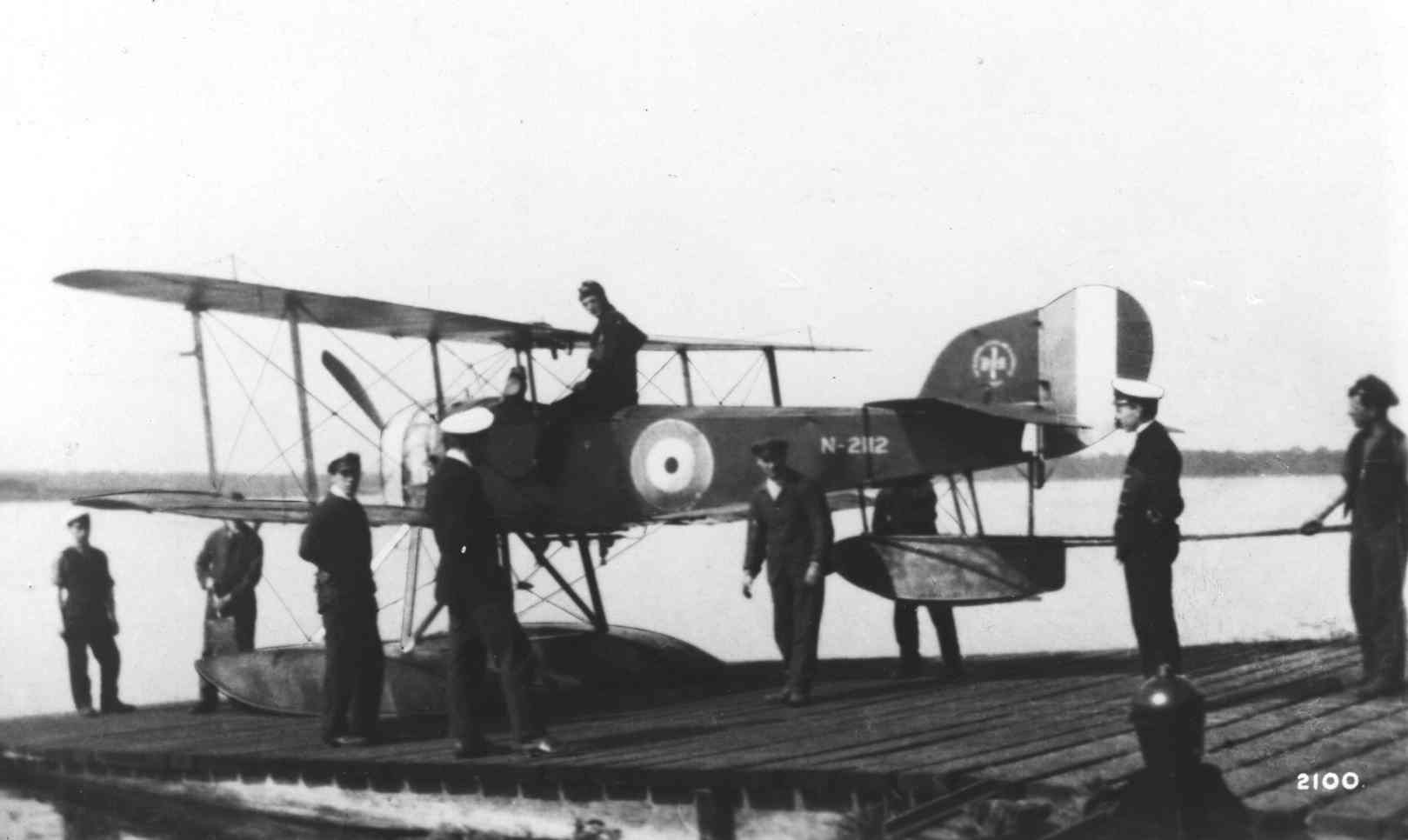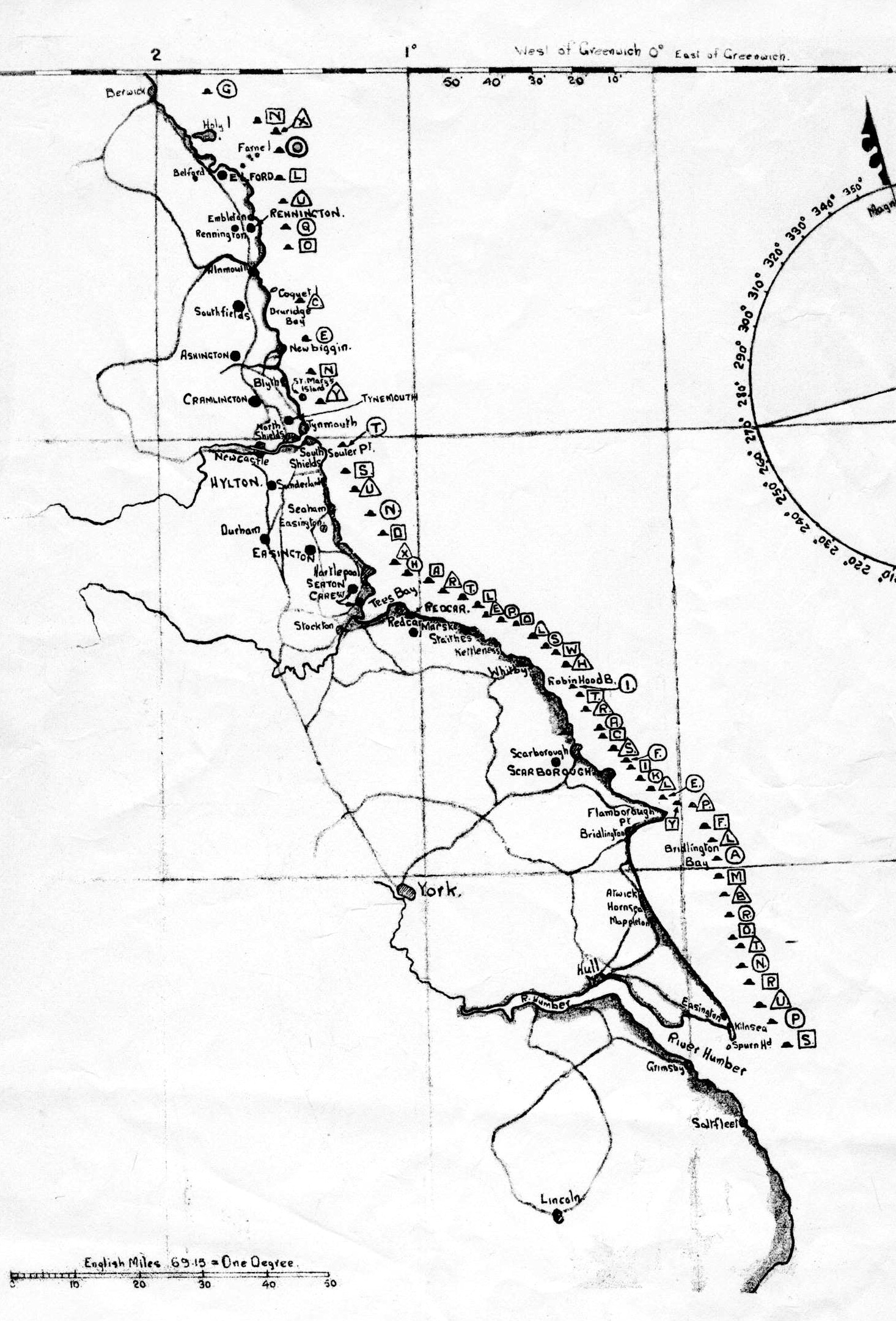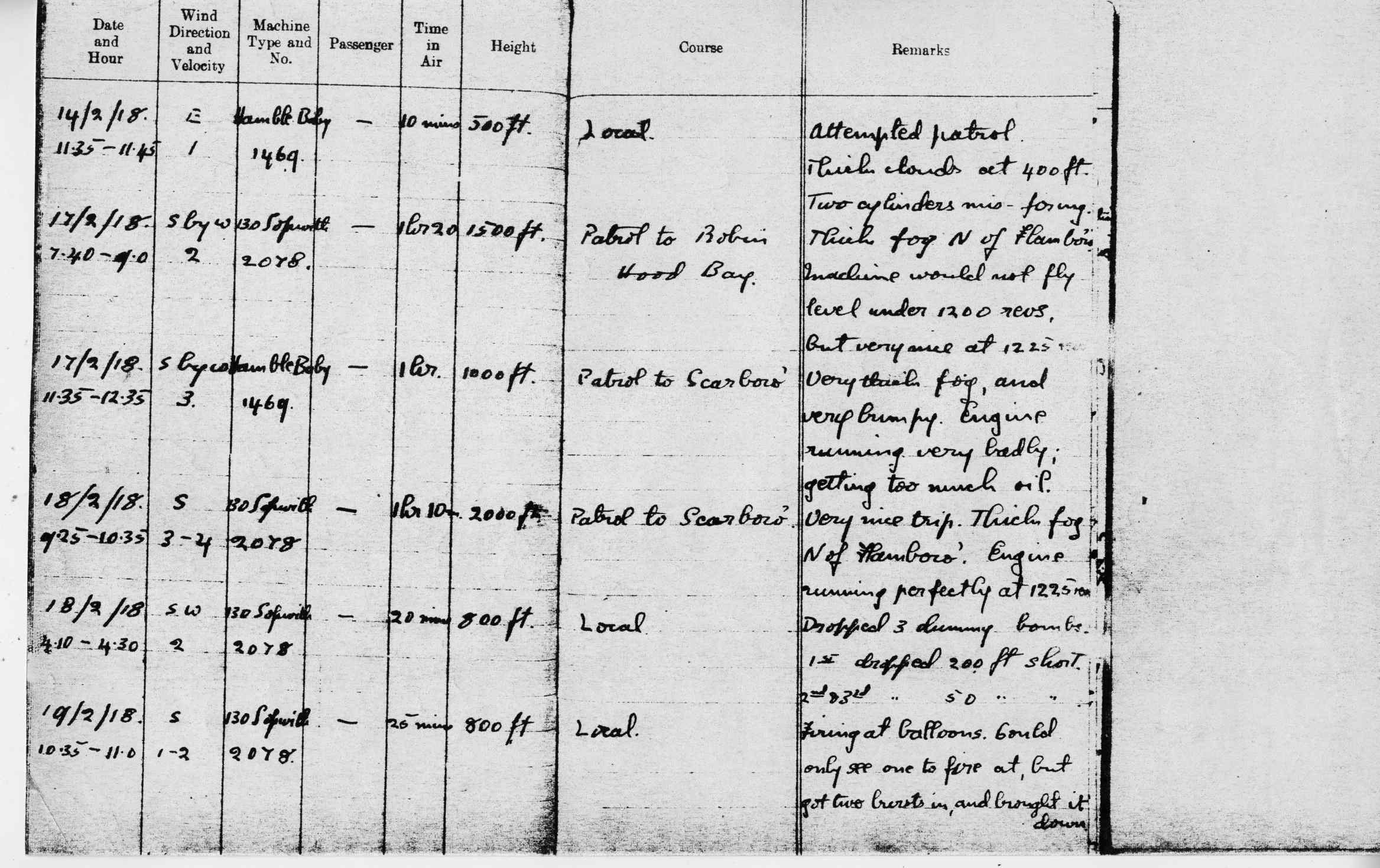The hard, flat sands of the Yorkshire Coast lent themselves as useful runways for the early pioneers of flight. Indeed the 'Father of flight', Sir George Cayley, wrote a triple paper on the theory of wing warping and flight. His young butler was the first person ever to fly in a glider across a field in Brompton. Filey later became the home of a pilot and airplane engineer B.C. Hucks, who later went on to form the Blackburn Aircraft Company. During WW1 aircraft took off and flew along the Yorkshire Coast spotting U-Boats and German ships. We have more information & photographs in our archive.
Cayley, from Brompton-by-Sawdon, near Scarborough in Yorkshire, inherited Brompton Hall and Wydale Hall and other estates on the death of his father, the 5th baronet. Captured by the optimism of the times, he engaged in a wide variety of engineering projects. Among the many things that he developed are self-righting lifeboats, tension-spoke wheels, the "Universal Railway" (his term for Caterpillar tractors), automatic signals for railway crossings, seat belts, small scale helicopters, and a kind of prototypical internal combustion engine fueled by gunpowder. He suggested that a more practical engine might be made using gaseous vapours rather than gunpowder, thus foreseeing the modern internal combustion engine. He also contributed in the fields of prosthetics, air engines, electricity, theatre architecture, ballistics, optics and land reclamation, and held the belief that these advancements should be freely available.
His butler was the first to fly Cayley's glider in 1849, 50 years before the Wright brothers.
For more information see:
http://www.flyingmachines.org/cayl.html
http://www.britannica.com/biography/Sir-George-Cayley-6th-Baronet
Blackburn was born in Kirkstall, Leeds, Yorkshire, England. He attended Leeds Modern School and graduated in engineering at the University of Leeds, and built his first aircraft, a monoplane, in 1909. He made his first short flight on the sandy beach at Filey in the spring of 1909. The aircraft was badly damaged in 1910 when he attempted to make a turn. He moved to Filey and built a second monoplane, which established his reputation as an aviation pioneer and in 1911 founded the Blackburn Aeroplane Company. In 1914 he married Jessica, and also in 1914 he created the Blackburn Aeroplane & Motor Company, establishing it in a new factory at Brough, East Riding of Yorkshire in 1916. He also opened a factory at Roundhay, Leeds in 1914, which was forced to shut down in 1920 after the closure of Roundhay Aerodrome. He introduced the first scheduled air service in Great Britain, offering half-hourly flights between Leeds and Bradford. In 1919 he set up the North Sea Aerial Navigation Company, using surplus World War I aeroplanes, which operated a regular passenger service between Leeds and Hounslow, London as well as cargo flights between cities, including between Leeds and Amsterdam.
For more information see:
http://www.firstworldwar.com/bio/blackburn.htm
http://fileybay.com/fileyflying/index.html
http://www.militaryfactory.com/aircraft/contractor.asp?thisCompany=Blackburn

Sopwith in WW1 on Yorkshire Coast

Safe channel for vessels along coast - patrolled from air.

WW1 flight log
Aviation in Yorkshire - A brief list of articles we hold:
1. 100 Years of Flight (National Geographic double-sided wall chart)
2. Anti-Submarine Coastal Patrols by Aeroplanes (15/3/1918)
3. Filey as a Flying Centre
4. Filey Aviation
5. Flight at Filey
6. Interview with Stuart Leslie (11/1/2014)
7. Letter from Gordon Hyams to the Commanding Officer of Air Station Hornsea (16/11/1917)
8. Letter from John Rushton to Mr. Stuart Leslie (local ww1 aircraft expert) (17/9/2003)
9. Log Book Extracts (1918)
10. Luftwaffe
11. Racecourse Aerodrome
12. Scarborough Racecourse
13. Shuttleworth Old Warden Park
14. Sir George Cayley
15. Sopwith Baby 8142 at Scarborough
16. Submarine Attack on Scarborough (5/9/1917)
17. The Crash of the R38
18. The R38 Airship Crash (August, 1921)
19. The 'Safe War Channel' (map)
20. World War Two Aircraft Shot Down in Yorkshire